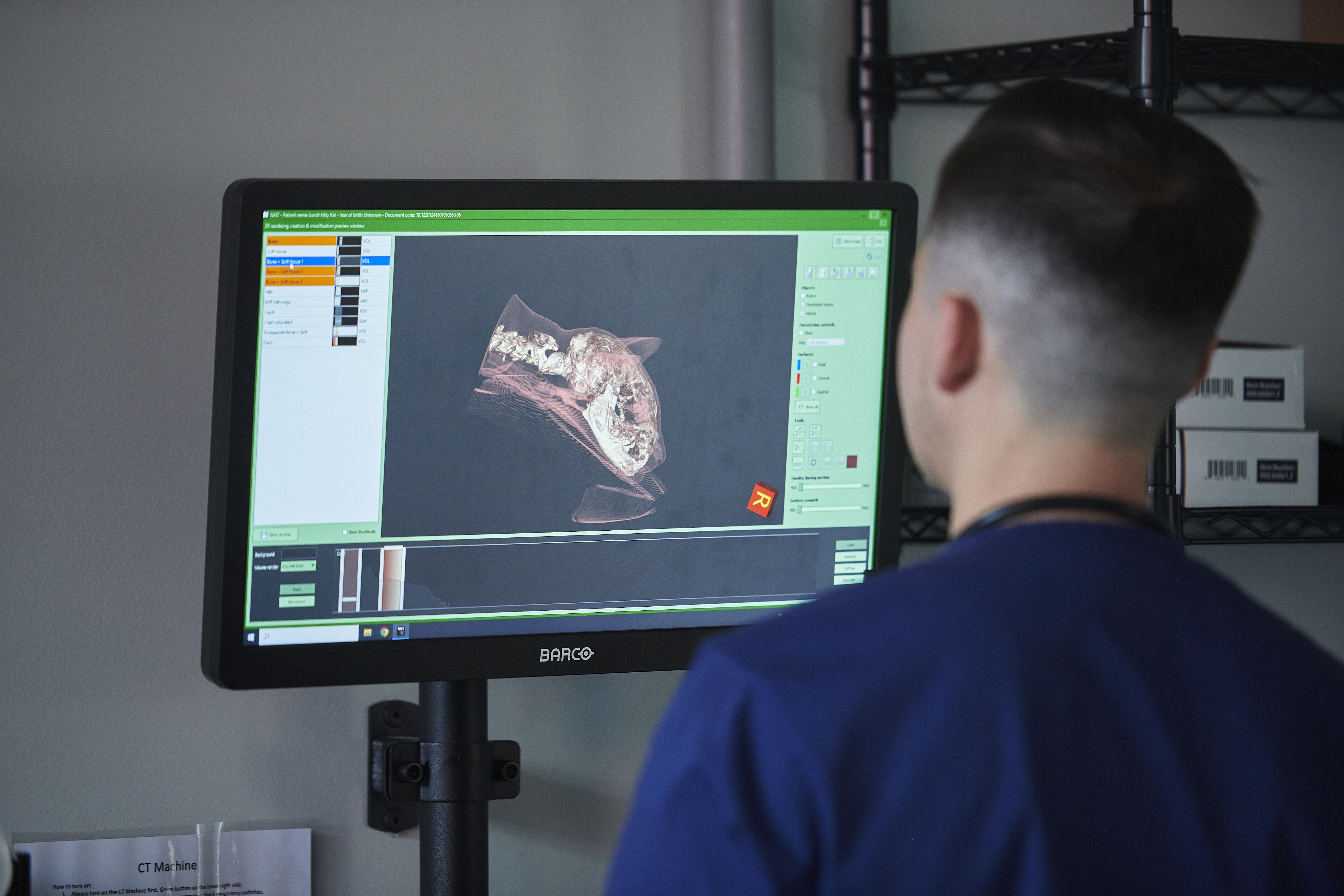Sharper Images, Smarter Decisions: Choosing the Right Digital Imaging Equipment for Your Veterinary Practice
Advanced digital imaging isn’t just for specialty hospitals anymore. It’s a must-have for general veterinary practices. The right imaging tools can sharpen diagnostic accuracy, speed treatment planning, and boost both client satisfaction and practice revenue. But with so many options, how do you choose what’s right for your clinic?
Here’s a streamlined guide to the strategic questions every veterinarian should consider before investing in digital imaging equipment.
Why Imaging Matters Now More Than Ever
X-ray, ultrasound, CT, and MRI bring the clarity needed for accurate diagnoses and effective treatment plans. Without them, practitioners often work with incomplete information or refer cases out, losing potential revenue and control over patient care.
“Ultimately, the reputation and success of a practice comes down to its ability to accurately assess, diagnose, and treat,” says Shane Whitaker, DVM, National Imaging Support Specialist at Patterson Veterinary. “Without the right tools, you risk limited diagnostics and unnecessary referrals.”
Clients notice the difference too. “Imaging adds a layer of objectivity that sharpens the tip of the treatment spear,” says Christopher Weaver, National Imaging Manager at Patterson Veterinary. “It ultimately helps more animals and their owners.”
Matching Equipment to Your Practice
Choosing imaging equipment isn’t just about picking a model. It’s about matching it to your clinic’s space, services, and growth plans.
Questions to consider might be:
- How much floor space can you dedicate?
- Is your infrastructure ready for the installation
- What services do you offer now, and what’s on the horizon?
- What is your team’s skill set with advanced imaging?
- What budget and financing options are realistic?

Ask the Right Questions Up Front
Before you buy, think strategically:
- What can’t you do now that you’d like to offer?
- What do you want to do better?
- Are you moving or expanding soon?
- What procedures do you perform most often? Will that change?
- Will you use imaging internally or to attract referrals from other practices?

Avoid Common Blind Spots
Some of the biggest mistakes in imaging investments happen before the equipment arrives.
- Infrastructure gaps: power, HVAC, and radiation shielding need early attention.
- Overlooking ROI: consider revenue impact over time, not just the price tag.
- Referral leakage: sending patients out for imaging risks losing them entirely.
- Staff engagement: high-quality equipment boosts morale and confidence.

Budgeting: What to Expect
Costs vary widely, but a rough estimate of what you can expect to invest is:
- Ultrasound probes: ~$5,000
- X-ray systems: $35,000–$70,000
- CT scanners: $135,000–$750,000
- MRI systems: $250,000–$1.2M
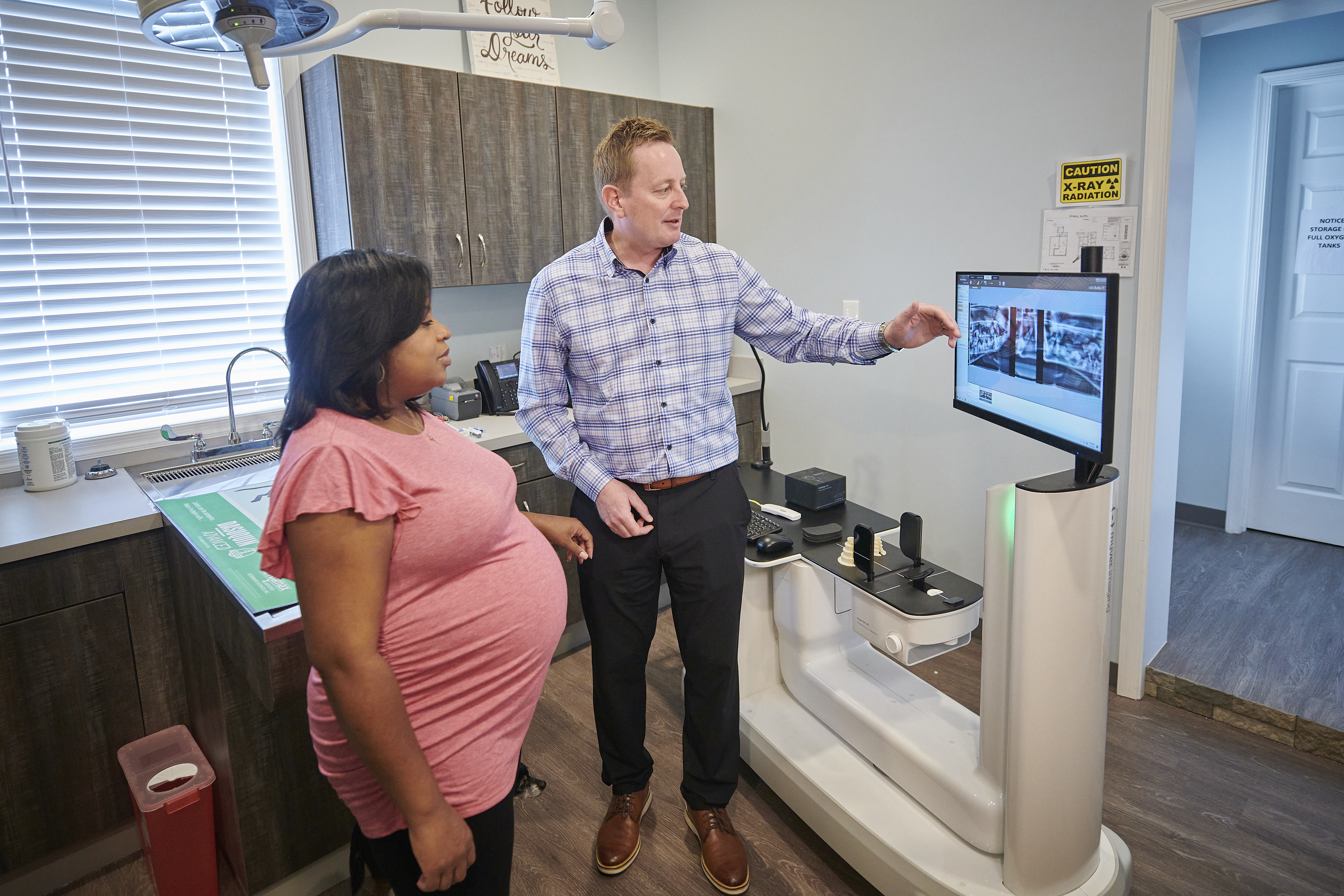
Partner with the Right Support Team
Buying imaging equipment is the start of a partnership, not a one-time transaction. Look for a provider who will offer honest, experience-based recommendations. Patterson Veterinary can also ensure your infrastructure can actually support the system and deliver ongoing service and upgrades.
“We’re not just handing over a map. We’re your guide for the journey ahead,” says Weaver. “When you succeed, we succeed.”
When You’re Stuck Between Options
If you’re choosing between two or three systems, the deciding factors are often how each unit fits your space and power capacity, differences in features and workflow, potential for future upgrades, and long-term operating costs.
“Room size, incoming power, and shielding often tip the scales,” says Weaver. “Education is essential. Understanding exactly what each unit can do helps avoid surprises later.”

Plan for the Long Game
The best imaging investment aligns with your warranty period and revenue goals. If you can recoup costs quickly, warranties matter less. If ROI is slower, upgrade options and service coverage are crucial.
Every system will eventually need repair or replacement, so build maintenance and eventual upgrades into your plan.
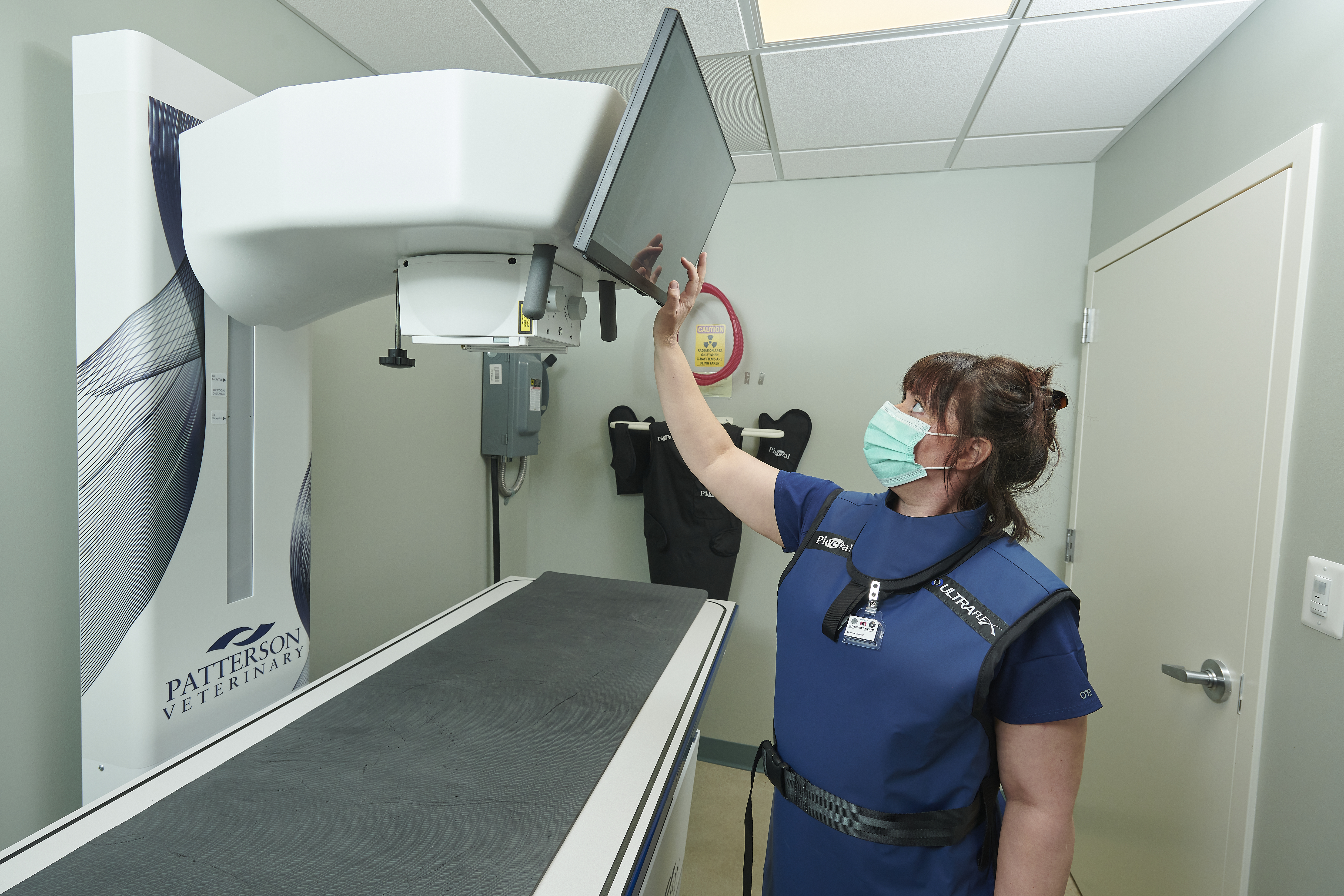
The Bottom Line
Choosing imaging equipment isn’t just a technical decision. It’s a strategy. The right choice aligns with your clinical vision, business goals, and long-term plans.
Get the white paper to dive deeper into the key questions, budgeting tips, and expert advice that can guide your next big investment.
Share
Related blogs
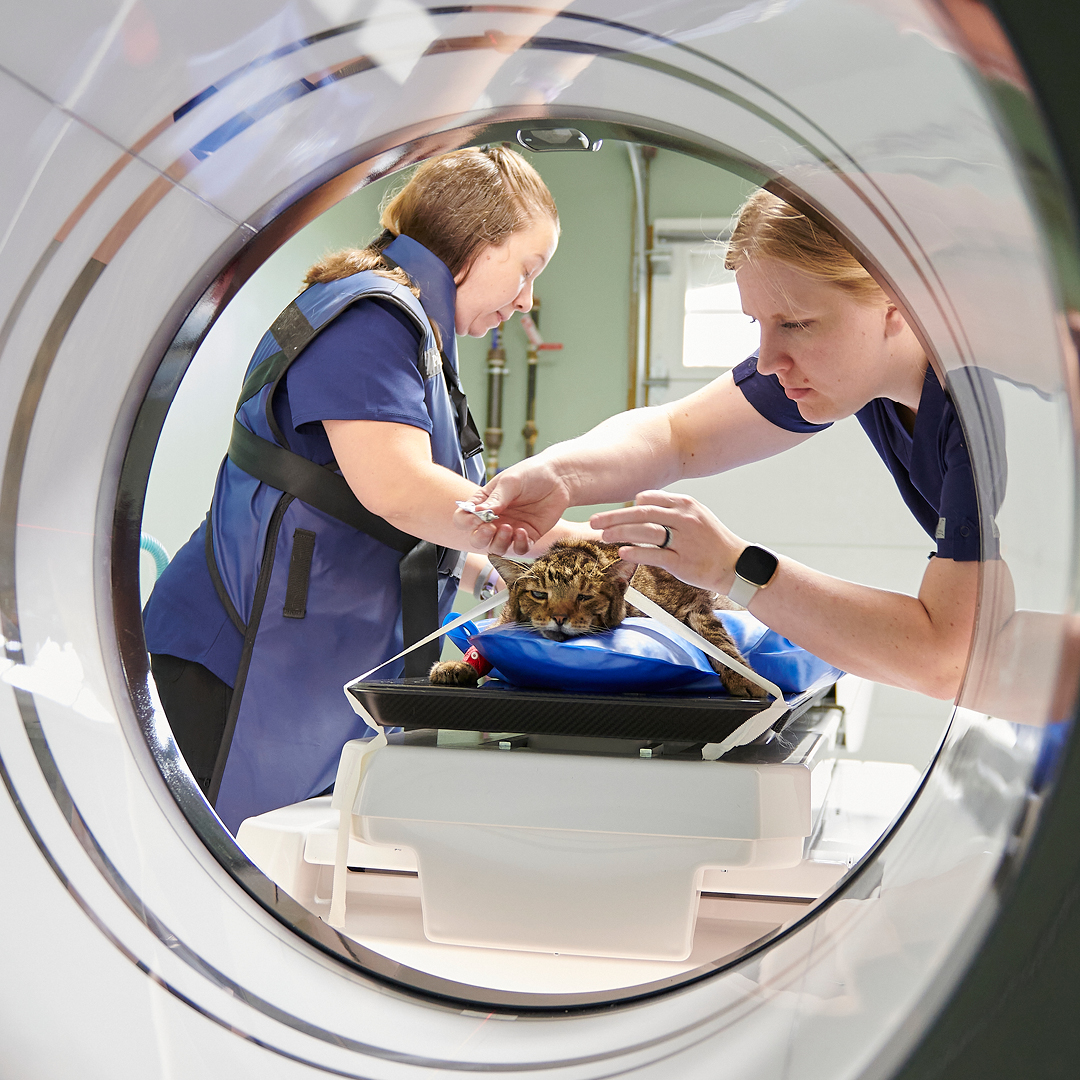
Behind the Technology: How CT Imaging Is Transforming Everyday Veterinary Care
Innovations in CT imaging represent not just large technical leaps, but a shift in how teams approach medicine.
What was once only able to be found in referral centers can now be accessed more readily and affordably.
Learn more about the broader applications of CT along with the many benefits including improving team culture and creating practice growth.
Take the next step towards bringing CT to your practice here.
What was once only able to be found in referral centers can now be accessed more readily and affordably.
Learn more about the broader applications of CT along with the many benefits including improving team culture and creating practice growth.
Take the next step towards bringing CT to your practice here.

The Hidden Costs of Old Imaging Equipment in Veterinary Practices
Outdated imaging equipment comes with a series of hidden costs – costs that creep into diagnostics, staff efficiency, patient care, and ultimately, your bottom line. Some of these costs are obvious (like repair bills), but many are harder to spot until they’ve already drained significant time and resources.
So what’s really at stake when you keep using aging technology?
So what’s really at stake when you keep using aging technology?
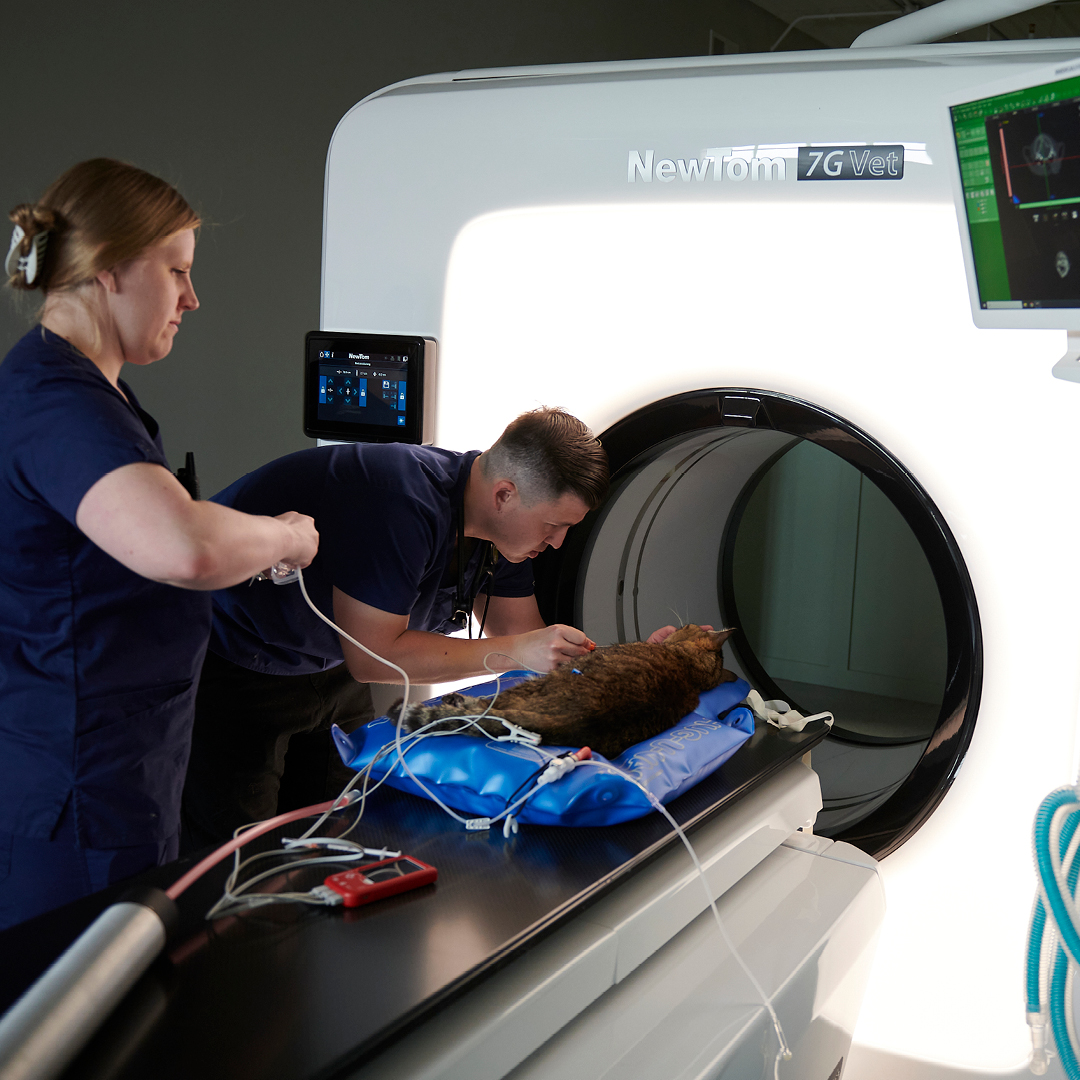
Top Digital Imaging Trends for 2026
The future is now as veterinary imaging sees several emerging technologies, ones which may reshape how veterinarians diagnose and treat disease. Not only is imaging evolving but a rise in the number of general practices adopting in-house CT systems as part of their diagnostic capabilities is being reported. Learn more about these advancements and what they can mean for you in 2026.
